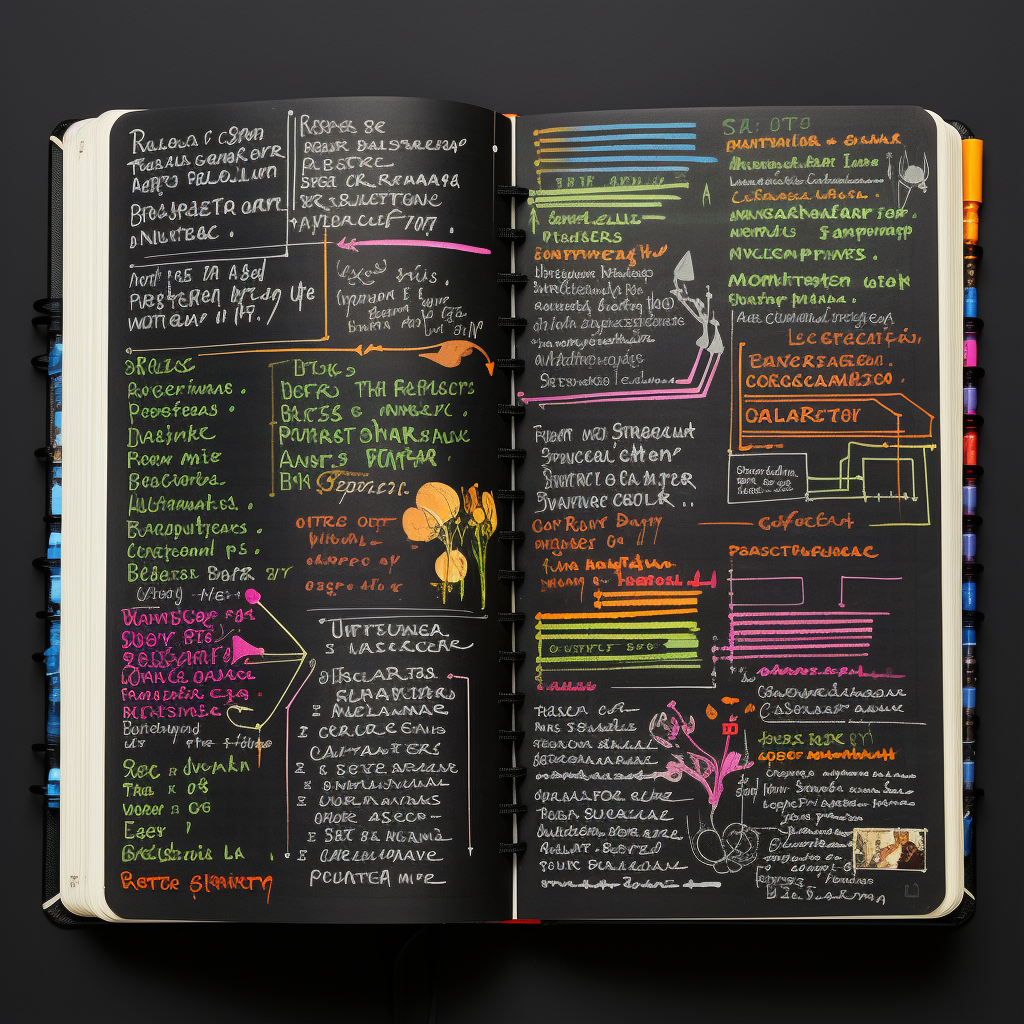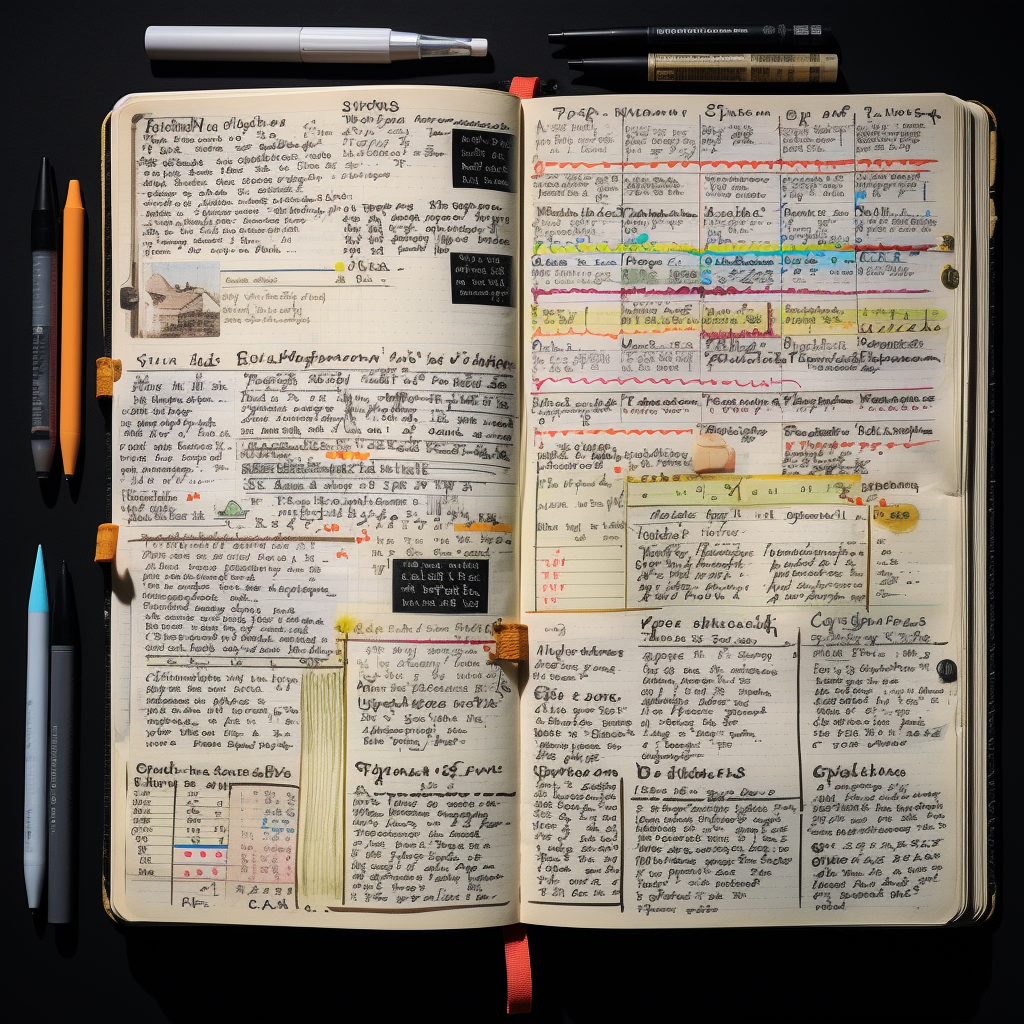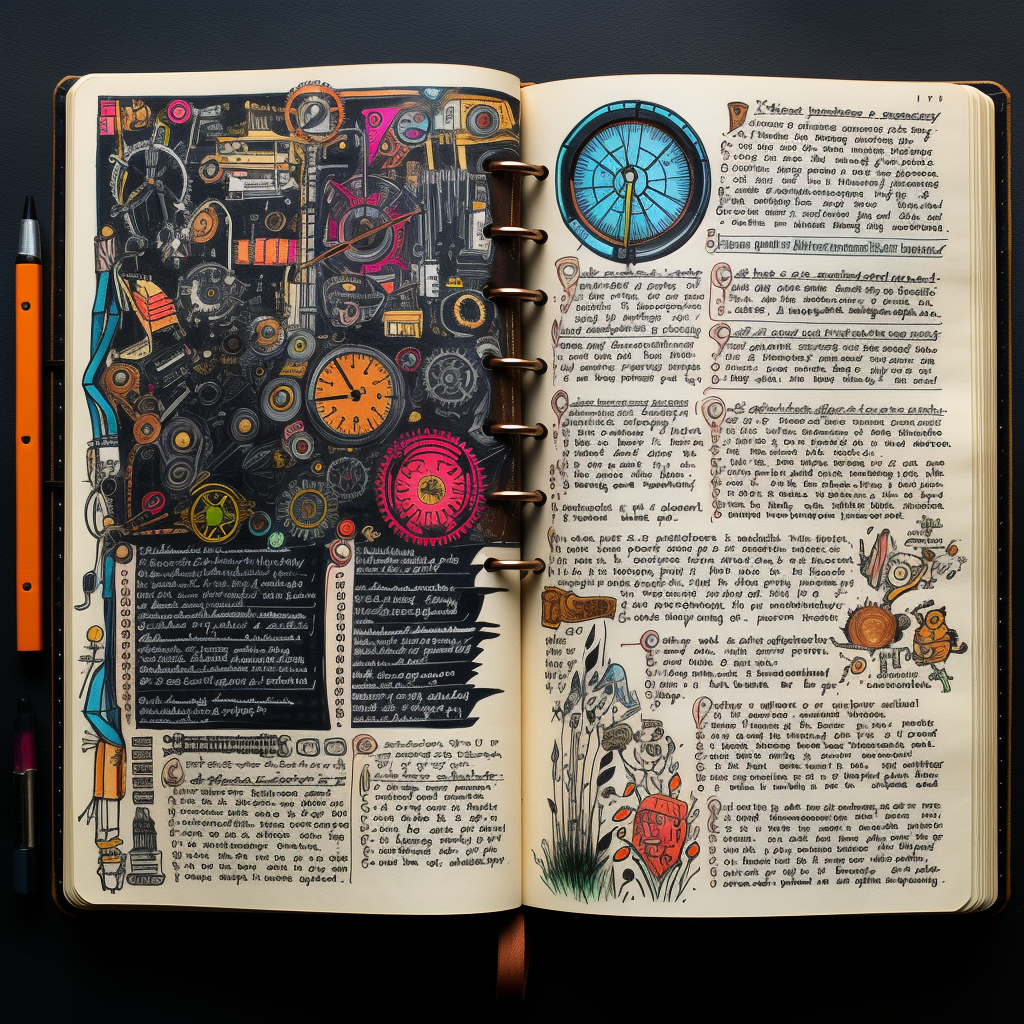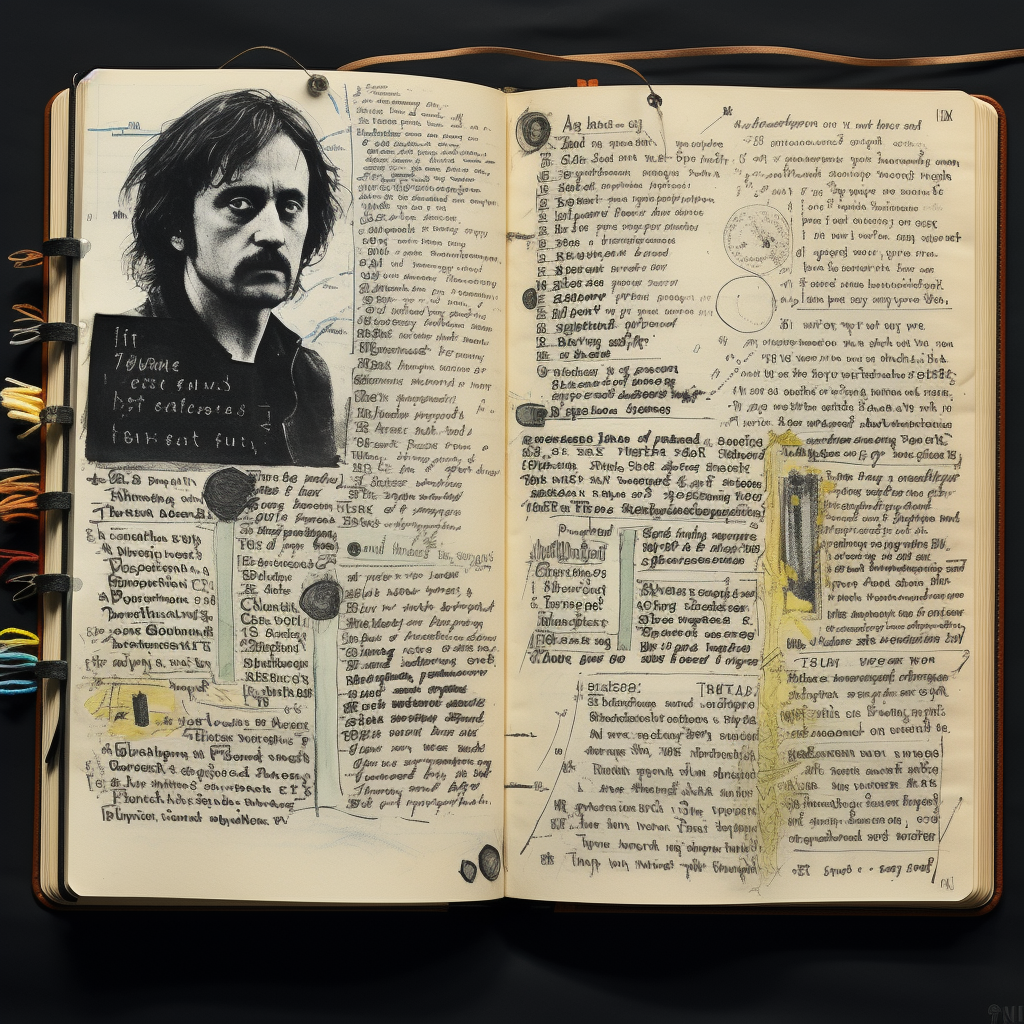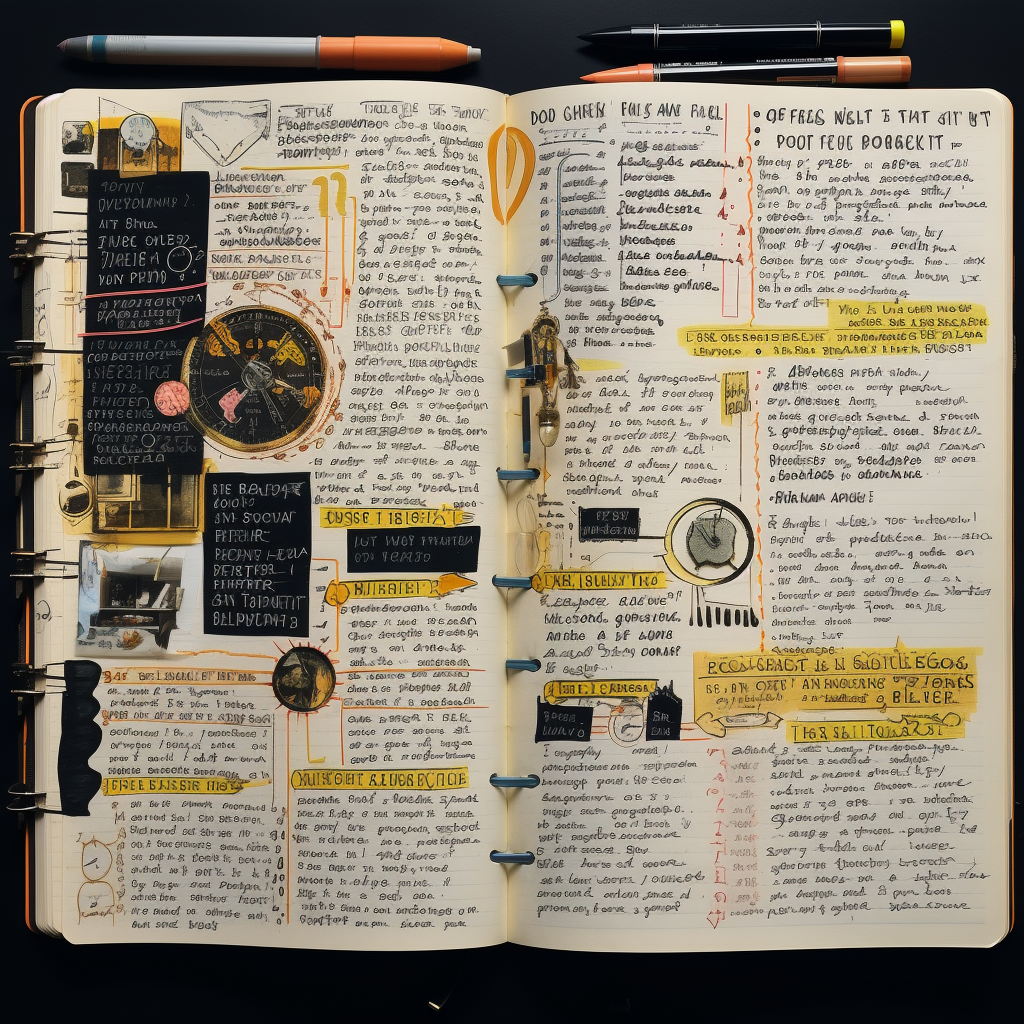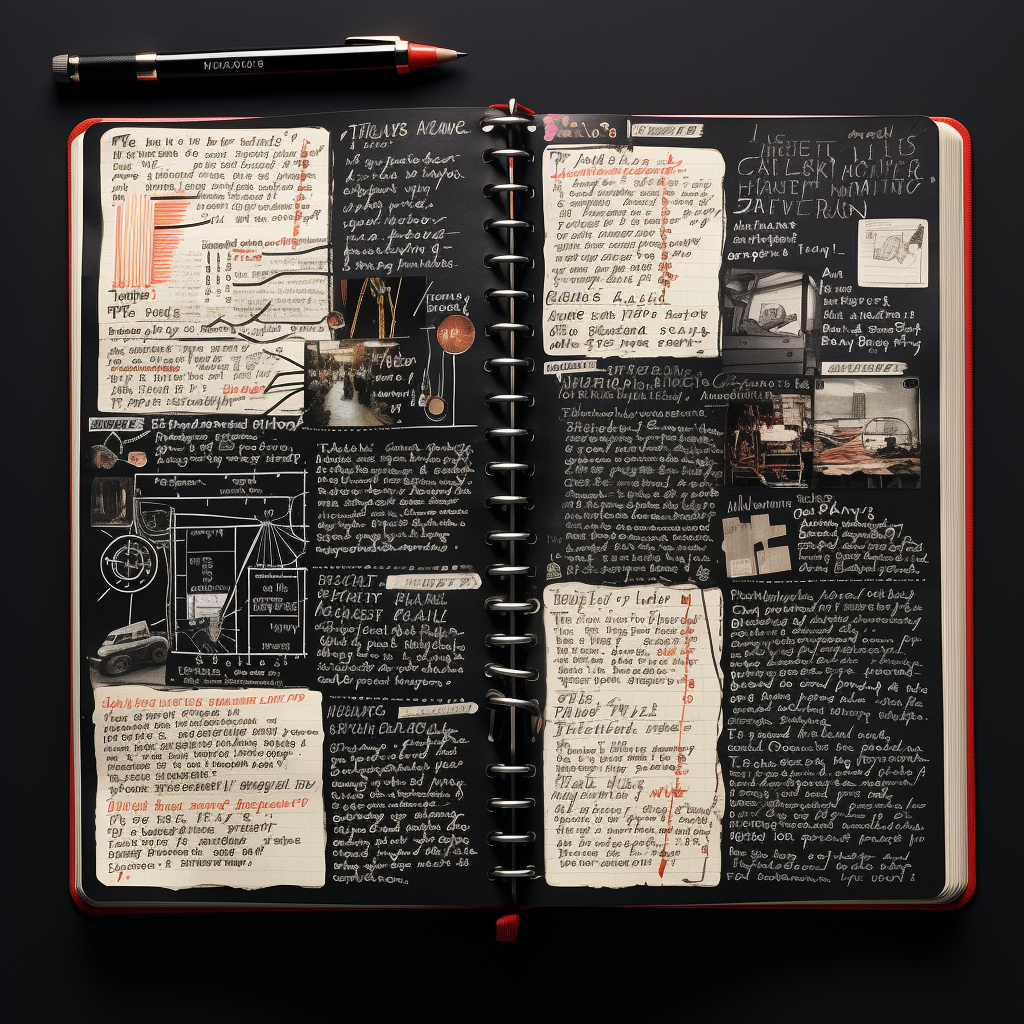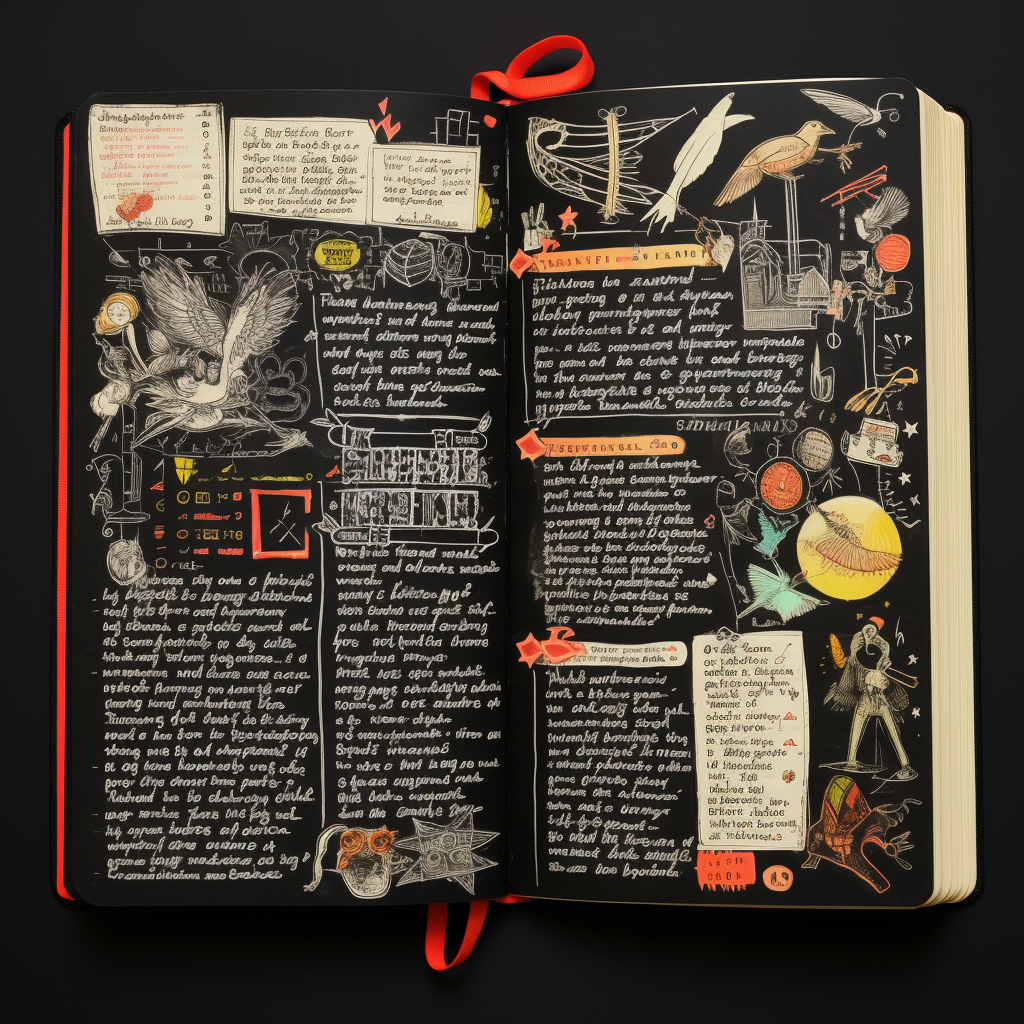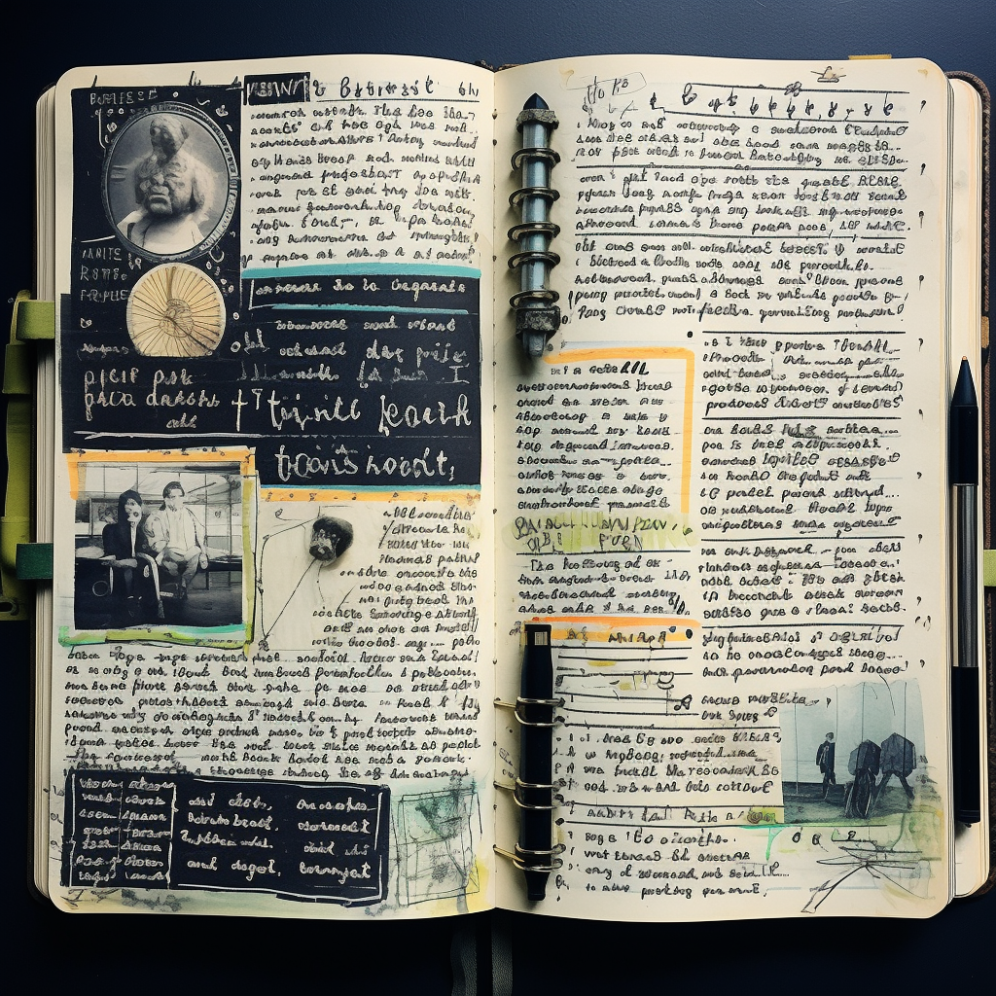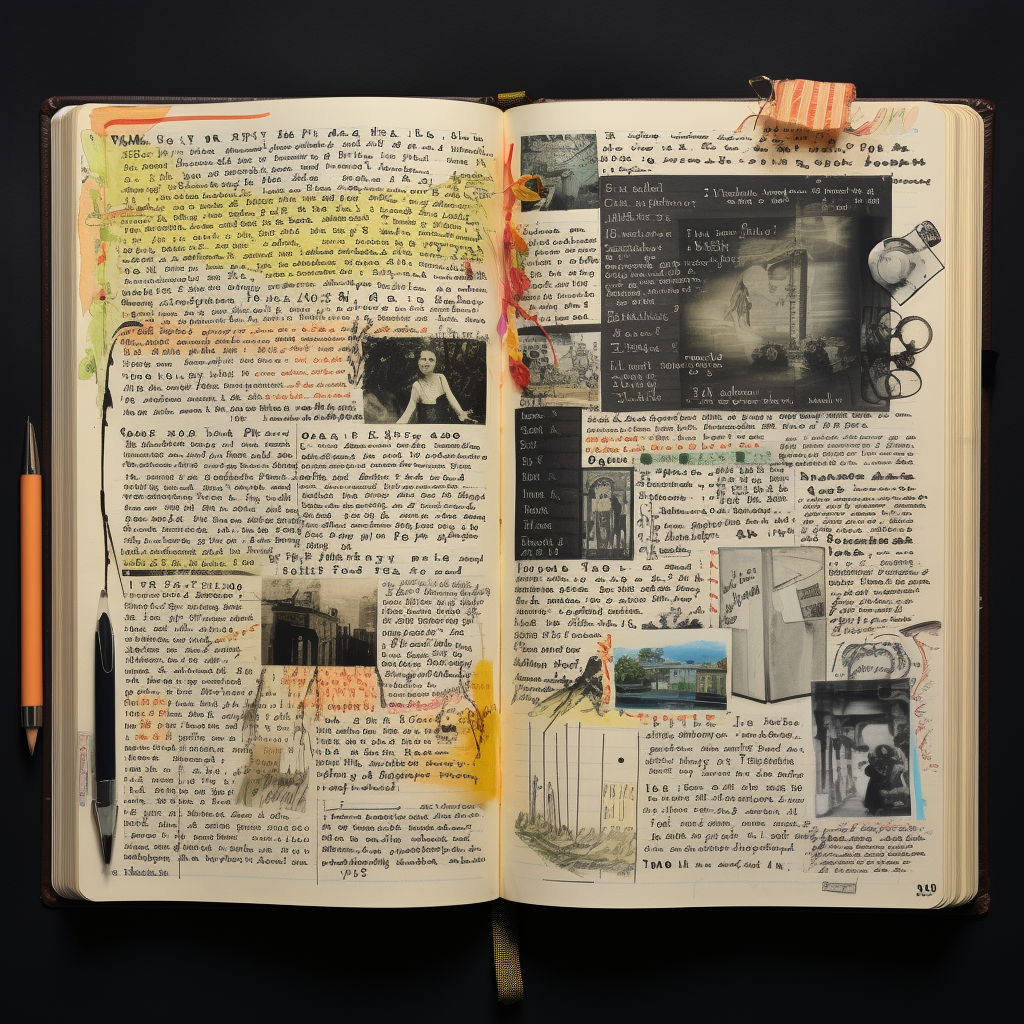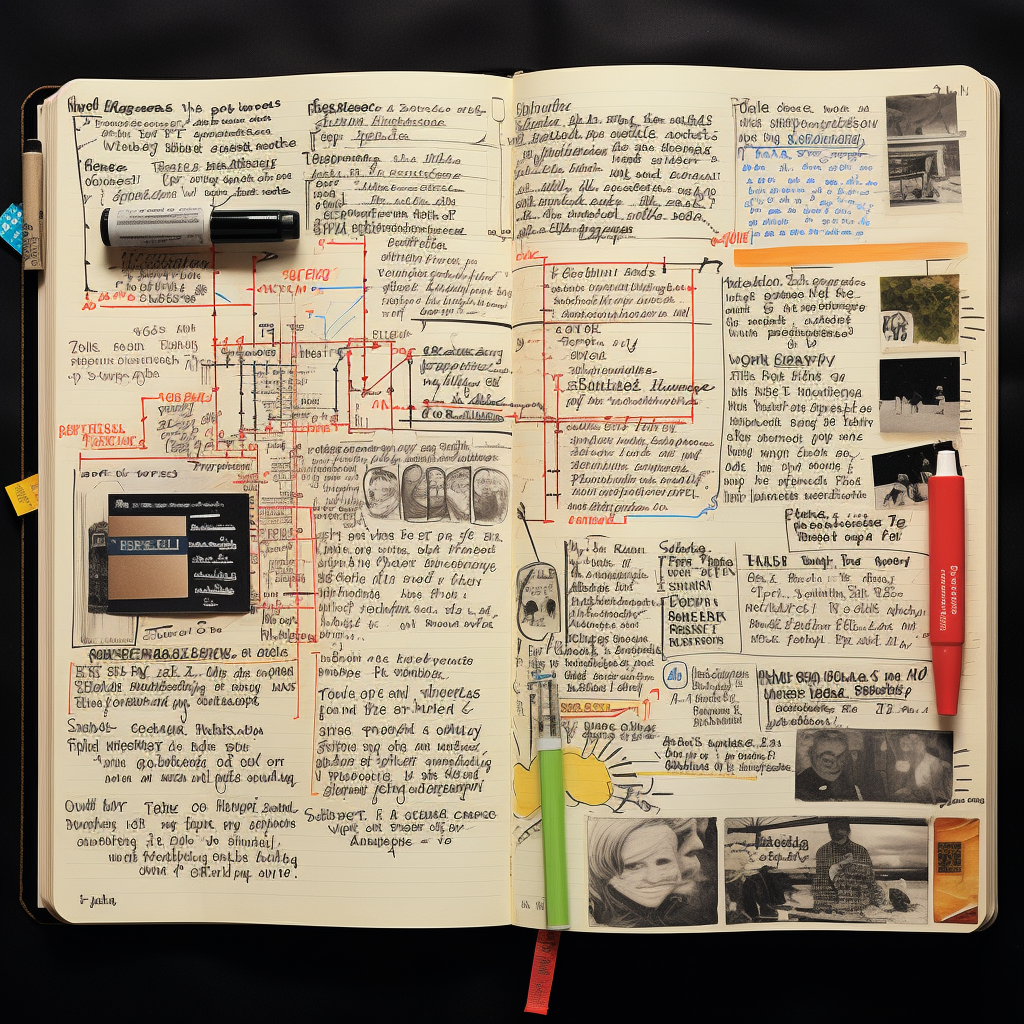Rhetoric Of Arrangement
Feynman introduces his experiments concerning inner cognitive function through personal anecdote and sequential numbered pattern. A stylistic technique he repeats through his article. The tone is conversational and nostalgic, taking the reader on a chronological journey from asking questions about the sounds we hear when we talk to ourselves as kids through the visuals we see when we dream. Feyman infuses all of his language with a curiosity reflected in the frequent use of questioning punctuation, and the pattern of unresolved answers which follow. Feyman often asks, but never really reaches a place of confirmation, only further curiosity.
He spends most of the article on the experimental example of an inner monologue concerned with counting. And the delta between internal perceived time and external actual recorded time. He empathizes with the challenges forced upon the subjects, and signposts towards a scientific evaluation towards which these experiments will arrive and validate. But this destination is never reached and the signposts are only ever temporary stops along a broader line of inquiry. Feyman asks what determines ‘time sense’, estimates an answer, but swiftly continues on a path of asking the next question ‘what affects rate’. The pacing of the curiosity is heightened by the use of simple, brief sentences, calls and responses reflecting an excitable scientific effort. As we read about the varied counting experiments, we are also being asked by the structure of the narrative to move faster through the middle passage toward a destination falsely promised by Feynman.
Feynman brings his procedural experiments into the real world in an affable, relatable way through his tests around increasing his heart rate while also trying to count to the pace of a minute as closely as possible. As readers we hear the sounds of his running experiments and count along inside our own heads with him. The style and tone are an internal monologue themselves, where Feynman is asking himself questions, and answers them for us as the reader. This approach pulls us along with him from a place which is inside his head. And it quickens the pace of the story as the experiments accelerate in Feynman’s lab. The numbers measure the pacing of our reading as much as they describe Feynman’s experiment. They are both substance and style.
As a chronological signpost towards the article’s end, Feynman introduces a dissenter, John Tukey, who challenges Feynman in asking “I don't believe you can read, and I don't see why you can't talk. I'll bet you I can talk while counting to myself, and I'll bet you you can't read”. The structure of the challenge is a series of four refutations. Refutation of reading, speaking, counting and reading again. Two direct sentences punctuated by single commas. They are as direct in their form as they are in their tone. And while Feynman swiftly dispenses Tukey’s tasks, the use of such clipped and direct dialogue even further accelerates our reading as the piece begins to close.
As an ending, Feynman leans on what he and Tukey learned together. And the tone of the piece switches from breezy, curious anecdote to more serious scientific speculation. The language adjusts accordingly, and introduces more complex conclusional words such as objectively, absolute and esoteric. Feynman uses the final two paragraphs to bring the story into a place of insight and understanding, and a conclusion which still feels speculative and conceptual in substance. He’s still employing simple sentences, and uses the repetitive same-word techniques to drive his point home. This is what the previous signposts have been pointing at. When he writes “Concepts are piled on top of each other; this idea is taught in terms of that idea, and that idea is taught in terms of another idea, which comes from counting, which can be so different for different people!” he is not only layering ideas upon ideas in the use of language, but reinforcing what the article has been about all along. That internal ideas are multi-layered and different for everyone.
His final thought is his most speculative and curious. “And I wonder what the hell it must look like to the students.” Leaving us as readers to not only think about the answer, but to also think about what Feynman himself would do about it.






















